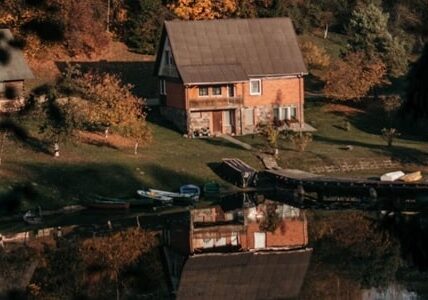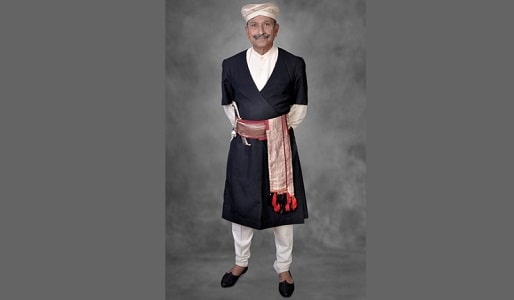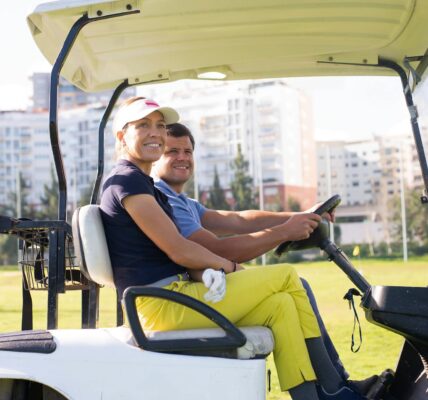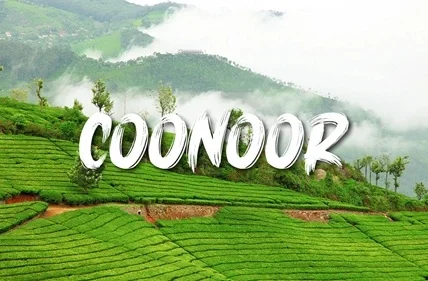The state of Uttarakhand has a tapestry of traditional clothing and a rich cultural heritage, demonstrating its colorful diversity. It is located in the tranquil lap of the beautiful Himalayas. The traditional attire of Uttarakhand displays a special fusion of functionality, elegance, and simplicity. Every clothing item is painstakingly made and embellished with minute elements to tell a story about the history and customs of the area. In this essay, let’s examine the traditional attire of Uttarakhand for both sexes, highlighting its distinguishing characteristics and enduring allure.
Uttarakhand Traditional Dress for Male
Dhoti-Kurta
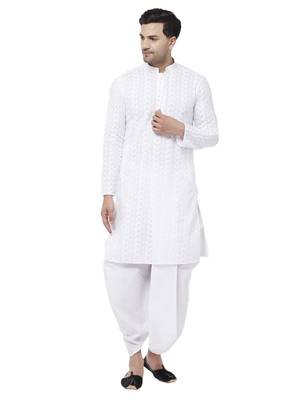
The traditional clothing for males in Uttarakhand predominantly comprises a dhoti-kurta outfit, which radiates style and coziness. The dhoti, a rectangular piece of unstitched clothing, is draped precisely about the waist to display the wearer’s elegance. The loose-fitting kurta, which has full or short sleeves, is the ideal match for the dhoti.
The kurta, which is frequently composed of cotton or silk, is embellished with dexterous stitching or woven designs, lending it an air of imperial majesty. Men finish off their look by donning a waistcoat or an angarkha, a classic overlapping jacket that improves the overall look. This outfit offers the most comfort in the area’s various temperatures while showcasing Uttarakhand’s heritage.
Pahari Topi
The Pahari Topi is a cap commonly worn by men in Uttarakhand. It is usually made of wool or other warm materials to protect from the cold weather in the mountainous region. The cap is often adorned with intricate embroidery and colorful patterns, symbolizing the local art and craftsmanship.
Uttarakhand Traditional Dress for Female
Ghagra-Choli
The ghagra-choli, a delicately made outfit that radiates beauty and elegance, embodies traditional women’s clothing in Uttarakhand. Long skirts, known as ghagras, are constructed from vivid and bright materials like silk or cotton and embellished with elaborate mirror work, embroidery, or sequins.
The fitting blouse, the choli, which features elaborate patterns and embellishments, perfectly complements the ghagra. Traditional jewelry, including necklaces, bangles, earrings, and nose rings, are frequently worn by women to accentuate their appearance. The ghagra-choli outfit honors the elegance and beauty of Uttarakhand’s women while reflecting the state’s rich cultural heritage.
Traditional Attire of the Tribal Community
According to the 2001 Census, there are primarily five tribes in Uttarakhand: Bhotia, Tharu, Buksa, Jannsari, and Raji. Except for the Bhutia tribe (25.8%), which is also extremely prevalent in urban areas, these people generally live in rural regions. In the Pithoragarh district and Udham Singh Nagar within the Kumaon division, as well as Chamoli and Dehradun district within the Garhwal division, the vast majority of the tribal population is centered.
Jaunsaris
The Jaunsaris identify as Pandava ancestors from the Mahabharata. They distinguish themselves from their Garhwali neighbors by dressing in a distinctive, colorful, and heavily jeweled manner. Even the men dress with jewelry, including kadas, earrings, necklaces, and a woolen-made traditional headgear termed a dig. Women dress in a wool coat, a ghagra, and a haunt. They dress in long coats called thalkas or lohiyas during festivities.
Bhatia
The Bhotia are a Mongoloid agricultural and pastoral community. They live in the state’s upper altitude, wherein the temperature is extremely cold. They sew their wool clothing and make woolen yarn. The women wear a skirt, waistcoat, shirt, and coat as part of their traditional attire. Gold or silver rings, beads, and nose rings are typically used to ornament their necks, ears, and noses. The males often wear loose-fitting gowns over their trousers and a woolen fabric known as a patta and a woolen cap.
The Raji tribe, which primarily inhabits the woods, is the least advanced of the five. The clothing habits of the inhabitants of Uttarakhand have undergone numerous modifications due to Westernization and modernization.
Traditional Accessories
Traditional accessories are just as important as the primary clothing in Uttarakhand for completing the conventional attire of both men and women. Men frequently don artistically constructed turbans or caps with an amalgam of colors and designs. These headgears represent their social standing and neighborhood ties, in addition to adding a touch of refinement.
On the contrary, women adorn their clothing with expertly designed embellishments like nath, Bhansali, and maang tikka (forehead adornment). In addition to enhancing their appearance, these accessories symbolize their diverse cultural background.
Preserving Tradition
The traditional clothing of Uttarakhand serves as a link between the past and present and is of enormous cultural significance. The individuals of Uttarakhand continue to enjoy their traditional costumes during weddings, festivals, and other cultural events, despite the influence of new fashion trends, particularly in urban regions.
These outfits represent a sense of self-worth, pride, and a bond with their ancestors. Through fashion exhibitions, cultural gatherings, and tourism projects, efforts are being taken to conserve and popularize these traditional outfits so that future generations can appreciate Uttarakhand’s rich legacy.
Conclusion
The dhoti-kurta combo for men and the ghagra-choli for women are examples of traditional attire from Uttarakhand that capture the spirit of the local way of life. These outfits represent the timeless elegance that never fails to awe and inspire, and they perfectly capture the beauty, grace, and tenacity of the individuals of Uttarakhand. With a solid hold on its cultural heritage, Uttarakhand welcomes modernization while cherishing and keeping its traditional clothing as a legacy to be treasured and handed down through the generations.

Santosh Kumar is an editor at unfoldstuffs.com and a professional content writer. With years of experience he is passionate for creating engaging, informative and impactful topics.
